Kiyoshi Hasegawa’s Engravings
The painter and engraver, who spent the majority of his career in Paris, is particularly known for his work in black and white.
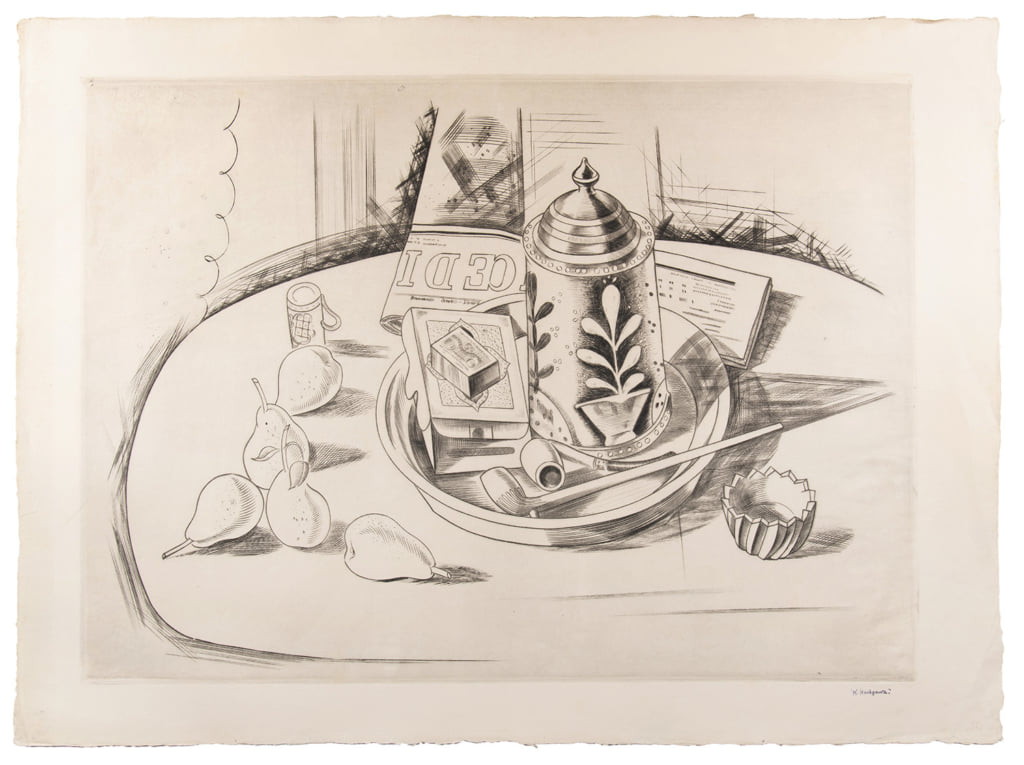
© Fondation Taylor
Landscapes, still lifes, flowers, and birds… Over the course of his career, artist Kiyoshi Hasegawa increased the number of subjects represented in his work, albeit with one constant: the presence of black. The wood and leather engraver specialised in mezzotint, ‘manière noire’ in French, a process used in steel engraving, the size of which makes it possible to obtain various levels of black, from grey to the darkest shade of black.
Kiyoshi Hasegawa was born in Yokohama in 1891. After graduating from Meiji University, Tokyo, he initially studied oil painting before getting to grips with engraving. Following a brief period in the United States, the artist moved to Paris in 1919, where he pursued his career, like painter Takesada Matsutani, until his death in 1980. He was prolific in his output from his studio in Montmartre, producing almost 350 engravings between 1919 and 1963.
A pioneer in engraving techniques
It was Kiyoshi Hasegawa who introduced the mezzotint technique to France. In his work, the artist draws on the entire black chromatic palette, revealing, in the hollows and filled sections, an immediately recognisable artistic touch, envisaged as a bridge between Japanese and Western culture that reconciles Japanese traditions—where black dominates—and modern Western art.
A Kiyoshi Hasegawa award was created in 2016 by Janine Buffard and Yves Dodeman as a tribute to their great-uncle. Each year, it recognises an artist living in France who presents ten black-and-white engravings. In 2020, the prize was given to artist Rong Guo, a Chinese illustrator and engraver.
Some of Kiyoshi Hasegawa’s work can be viewed on the Fondation Taylor website. The association awards the yearly prize bearing his name.
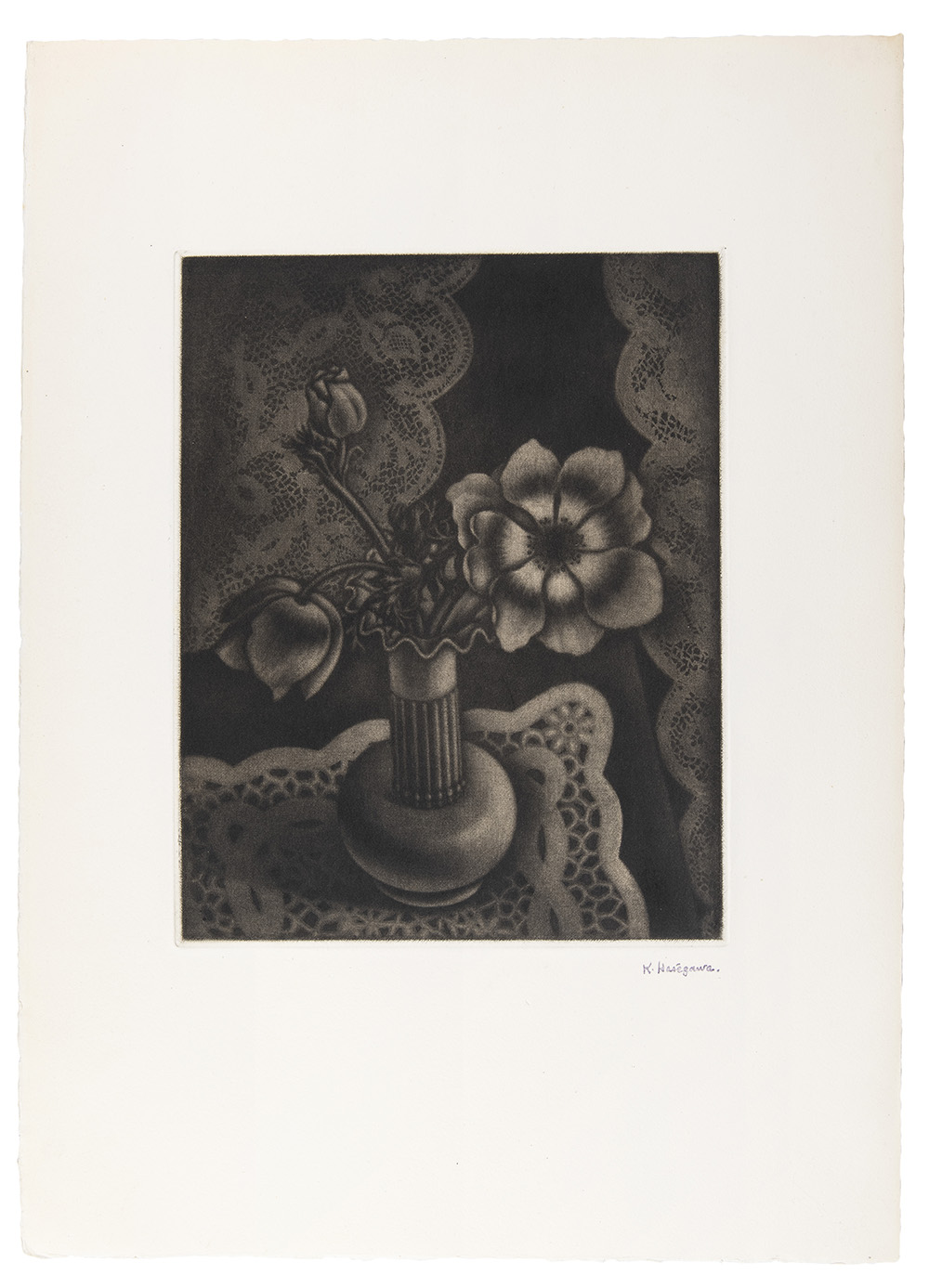
© Fondation Taylor
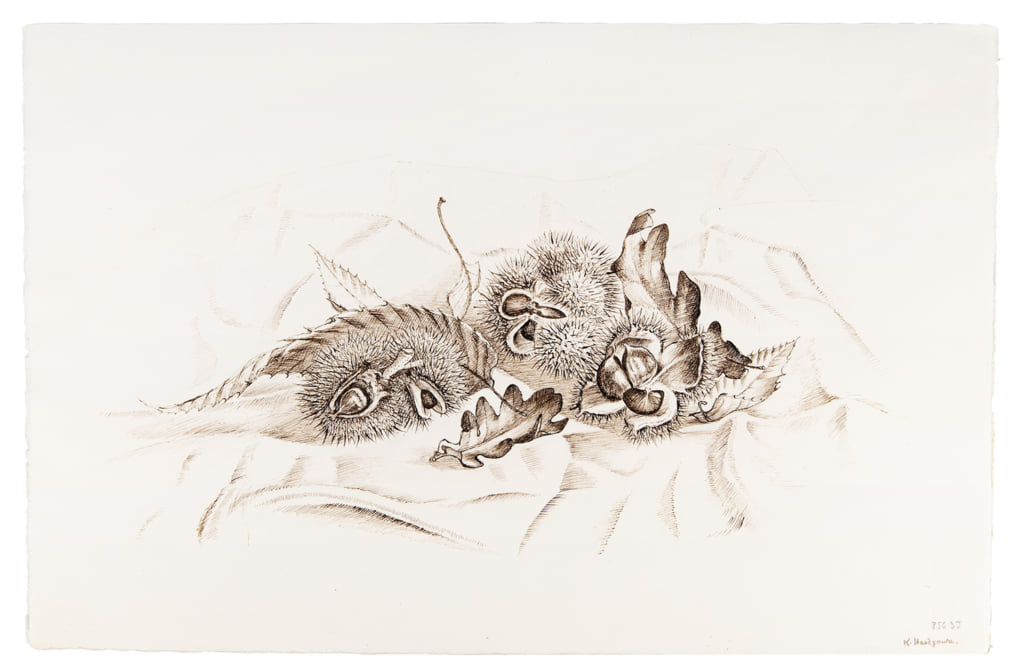
Chestnuts, pen preparatory drawing circa 1950 © Fondation Taylor
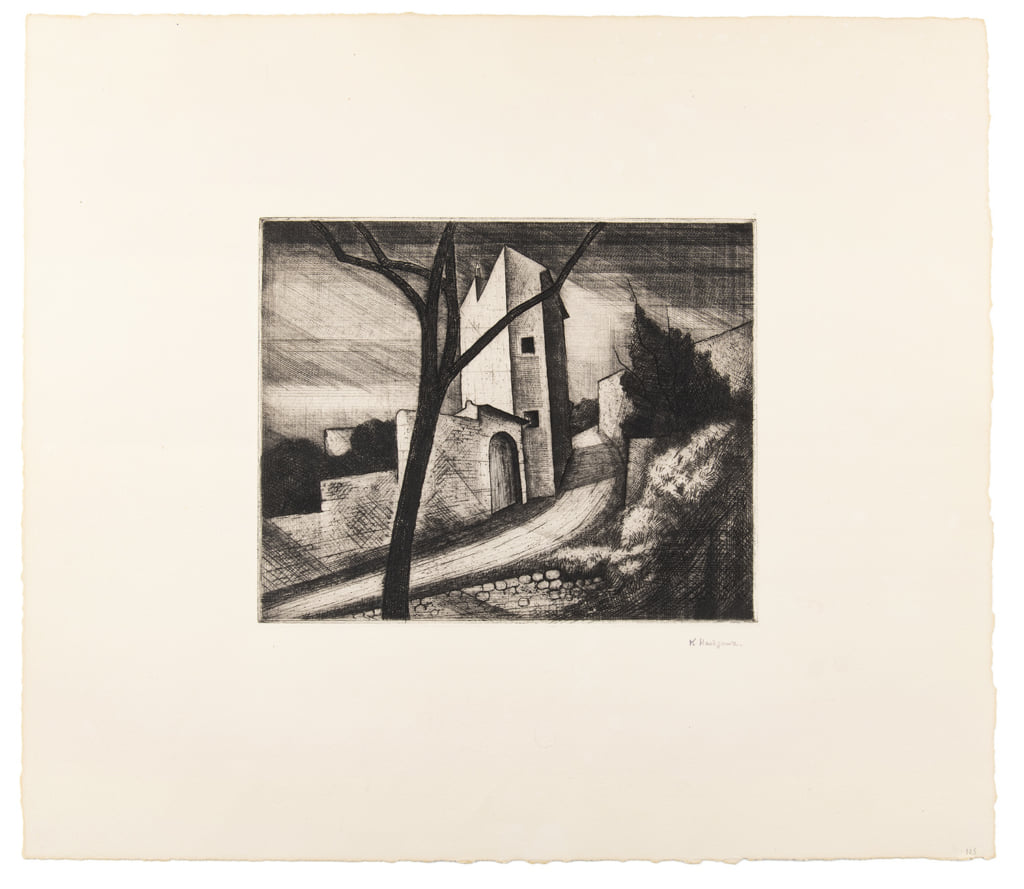
Route de Cagnes 1923 etching © Fondation Taylor
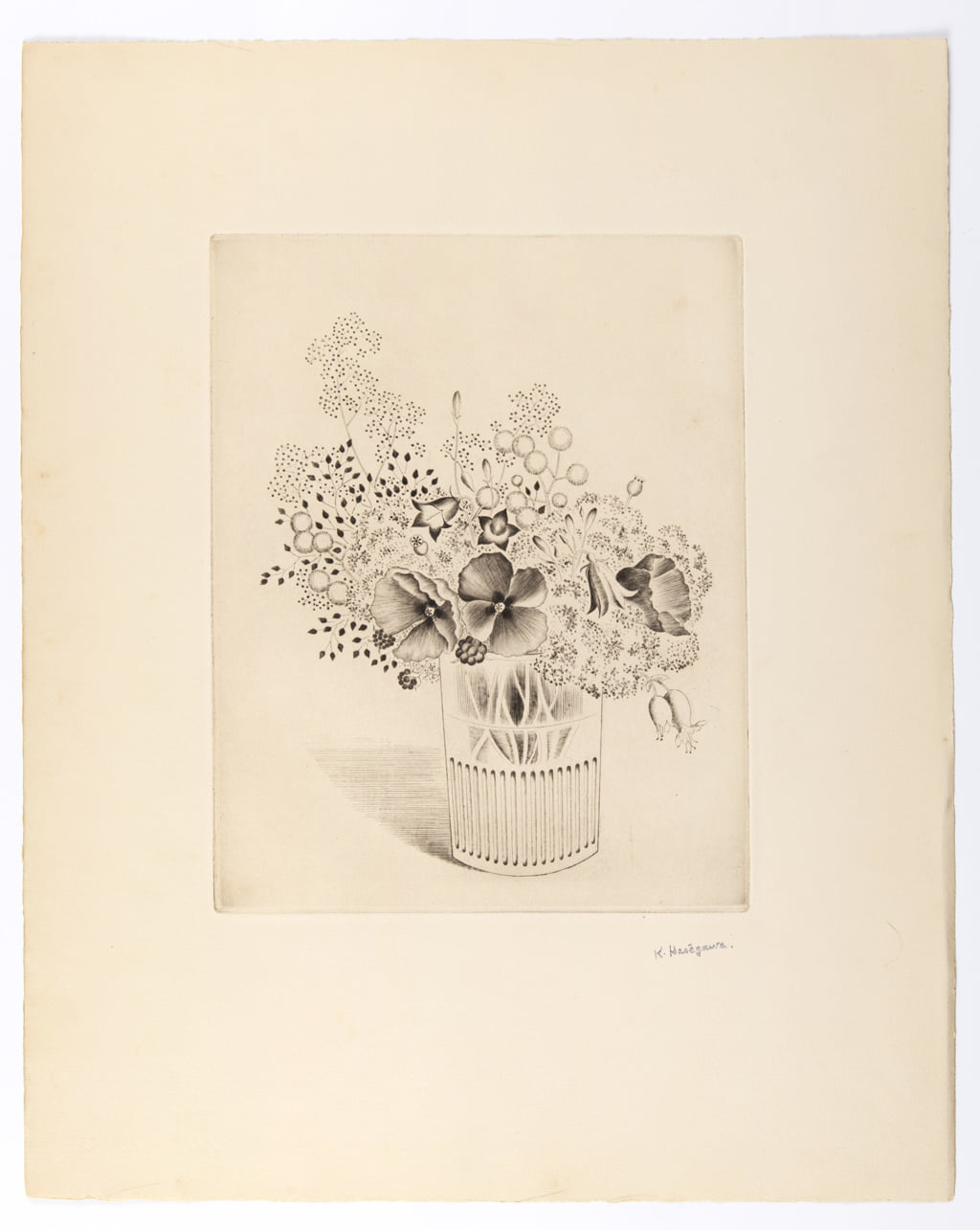
Wildflowers, small poppies, dry point 1930 © Fondation Taylor
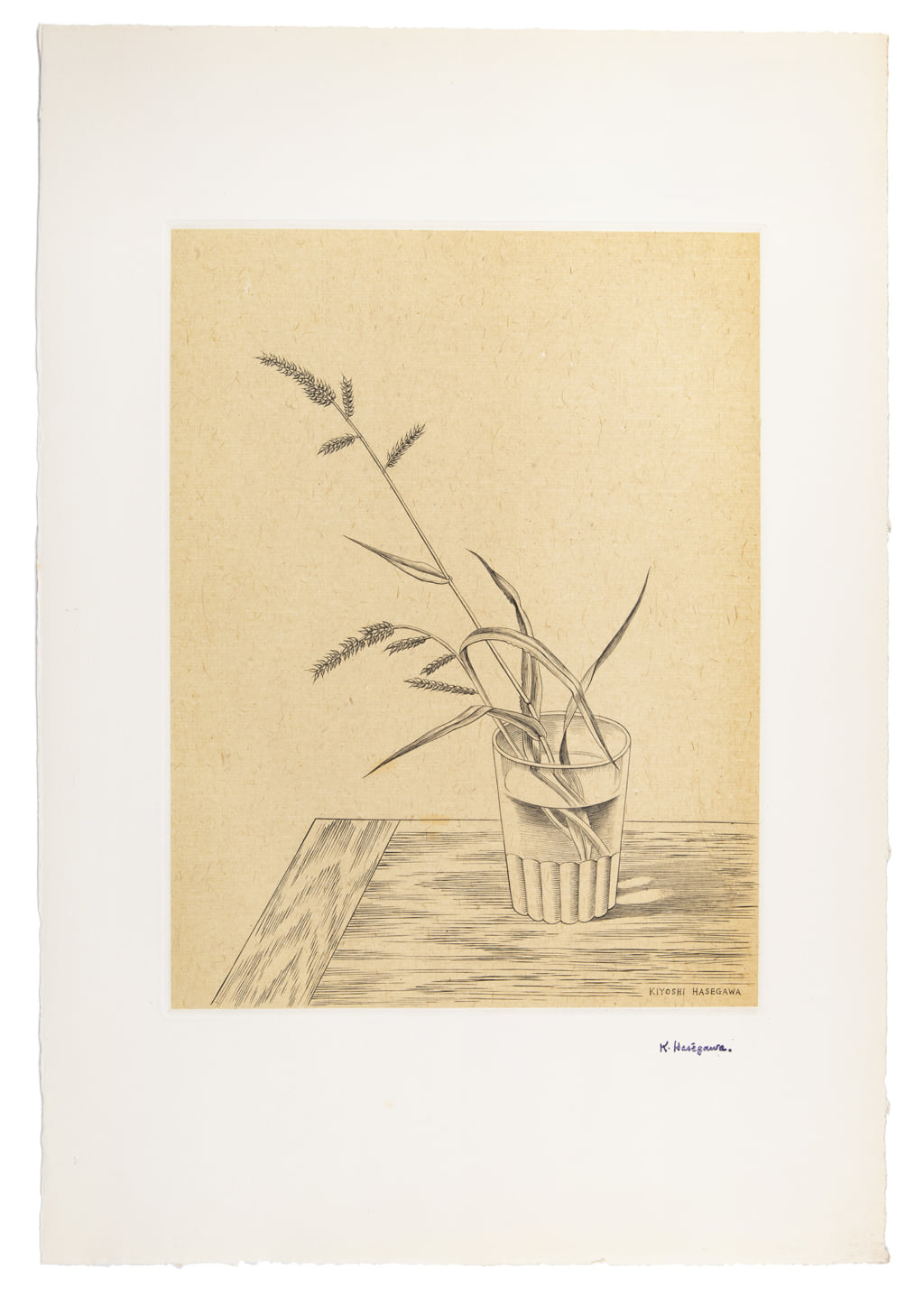
Grass in a glass, stisel on Chinese ink 1953 © Fondation Taylor
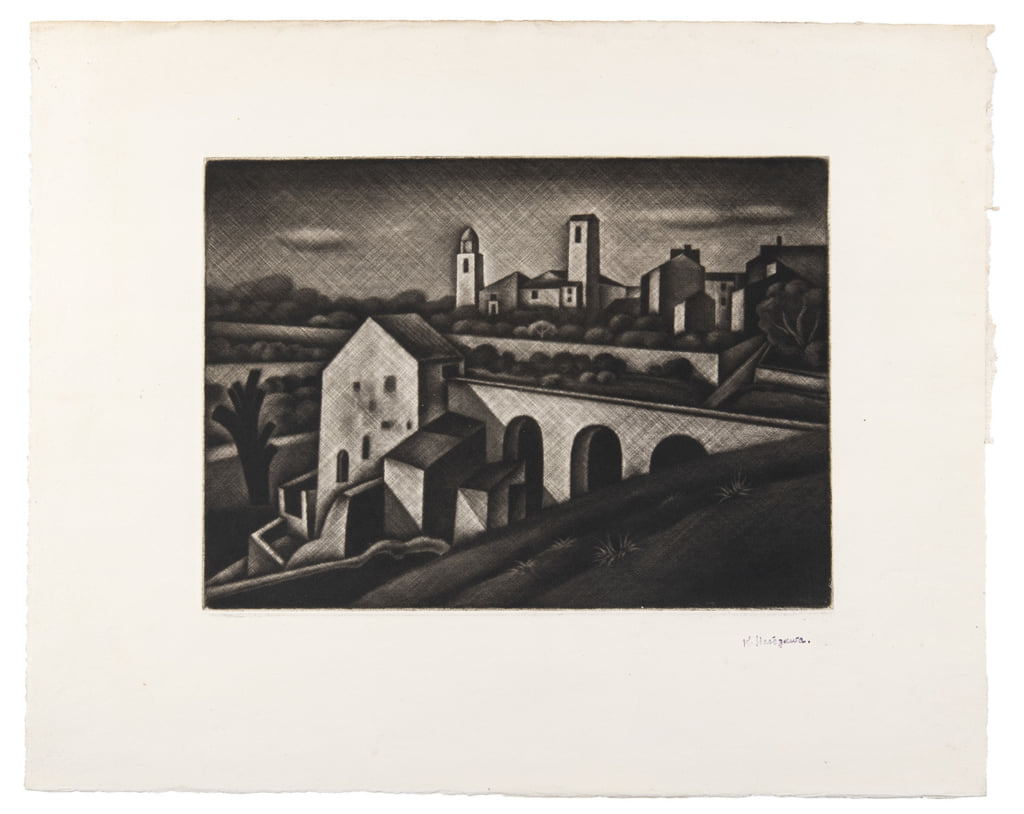
Old mill, mezzotint, 1929 © Fondation Taylor
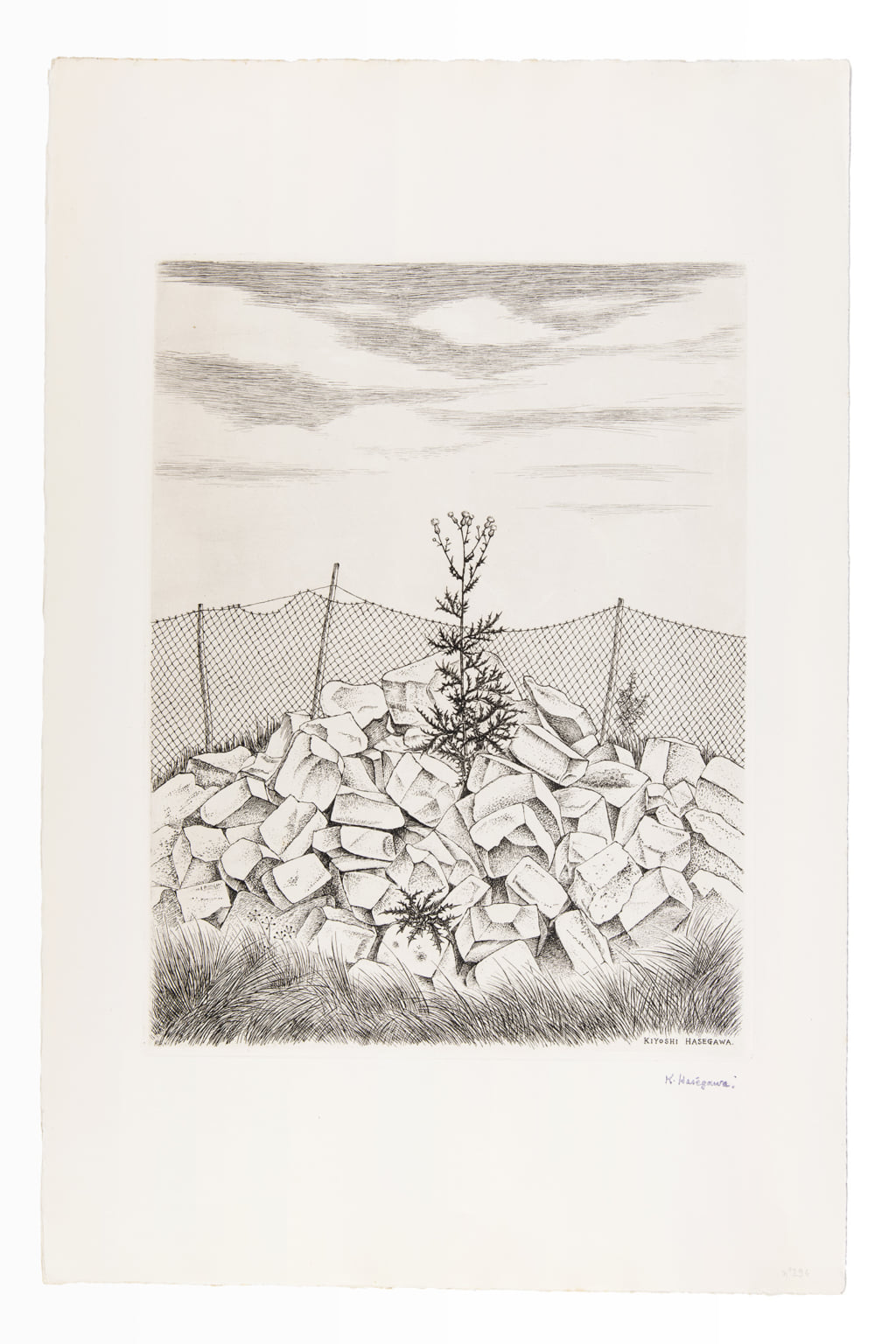
A thistle (La Roche), etching 1953 © Fondation Taylor
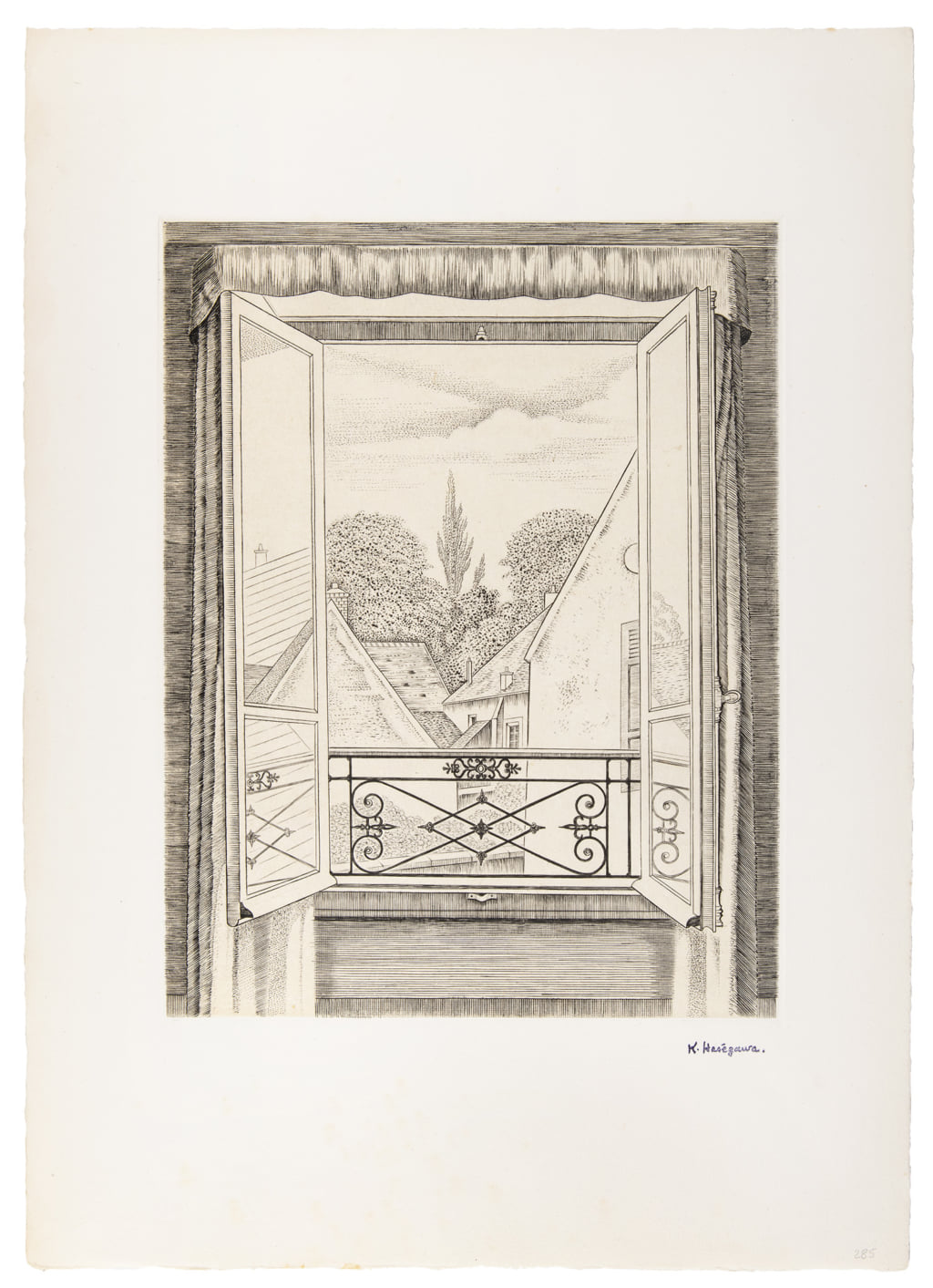
Open window, stisel 1951 © Fondation Taylor
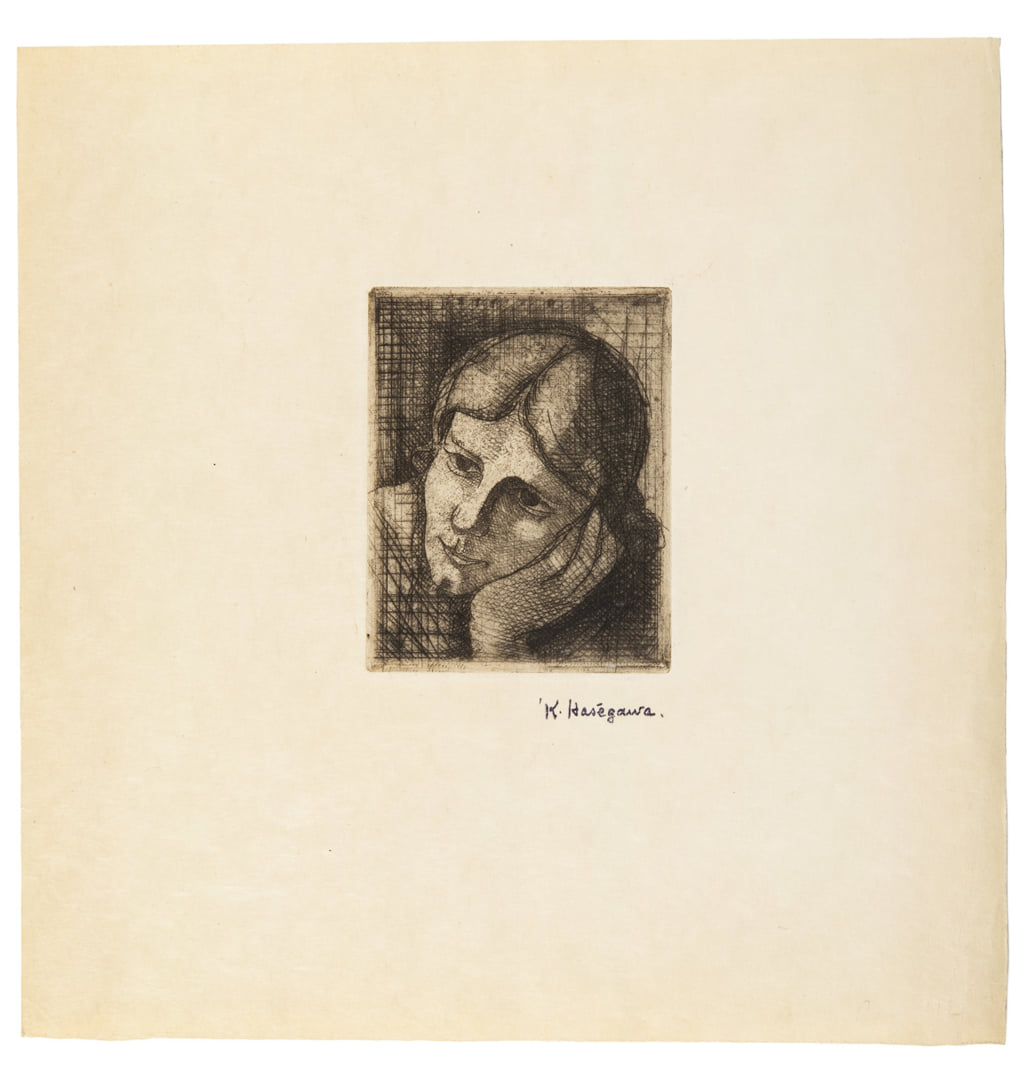
Woman, her head resting on her hand, etching and dry point 1922 © Fondation Taylor
TRENDING
-
A House from the Taisho Era Reveals Its Secrets
While visiting an abandoned building, Hamish Campbell discovered photographs the owner had taken of the place in the 1920s.

-
The Taboo-Breaking Erotica of Toshio Saeki
The master of the 1970s Japanese avant-garde reimagined his most iconic artworks for a limited box set with silkscreen artist Fumie Taniyama.

-
With Meisa Fujishiro, Tokyo's Nudes Stand Tall
In the series 'Sketches of Tokyo', the photographer revisits the genre by bringing it face to face with the capital's architecture.

-
Masahisa Fukase's Family Portraits
In his series ‘Family’, the photographer compiles surprising photos in which he questions death, the inescapable.

-
Hajime Sorayama's Futuristic Eroticism
The illustrator is the pioneer for a form of hyperrealism that combines sensuality and technology and depicts sexualised robots.





